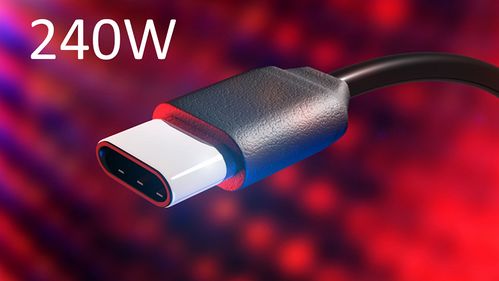
Understanding Diabetes Type 1: A Comprehensive Guide
Diabetes type 1 is a chronic condition that affects millions of people worldwide. Unlike diabetes type 2, which is often related to lifestyle factors, diabetes type 1 is an autoimmune disease. This means that the body’s immune system mistakenly attacks and destroys insulin-producing beta cells in the pancreas. In this article, we will delve into the details of diabetes type 1, including its symptoms, causes, diagnosis, treatment, and management.
What is Diabetes Type 1?

Diabetes type 1, also known as insulin-dependent diabetes mellitus (IDDM), is a condition where the body is unable to produce insulin. Insulin is a hormone that helps regulate blood sugar levels. Without insulin, glucose (sugar) builds up in the bloodstream, leading to high blood sugar levels. This can cause a range of health problems if not managed properly.
Causes of Diabetes Type 1

The exact cause of diabetes type 1 is not fully understood, but it is believed to be a combination of genetic and environmental factors. Some people may have a genetic predisposition to develop the disease, but it is not clear what triggers the autoimmune response that attacks the beta cells. Environmental factors such as viruses or certain chemicals may also play a role.
Symptoms of Diabetes Type 1

The symptoms of diabetes type 1 often develop quickly and can be severe. Common symptoms include:
| Symptom | Description |
|---|---|
| Excessive thirst | Increased thirst due to high blood sugar levels |
| Frequent urination | Increased urination as the body tries to flush out excess glucose |
| Hunger | Increased hunger due to the body’s inability to use glucose for energy |
| Weight loss | Unintentional weight loss as the body breaks down fat and muscle for energy |
| Fatigue | Constant tiredness and lack of energy |
| Blurred vision | High blood sugar levels can affect the lens of the eye, causing blurred vision |
It’s important to note that not everyone will experience all of these symptoms, and some may not experience any symptoms at all, especially in the early stages of the disease.
Diagnosis of Diabetes Type 1
Diabetes type 1 is typically diagnosed through blood tests. These tests measure the levels of glucose and insulin in the blood. The most common tests used for diagnosis include:
- Random blood sugar test: Measures blood sugar levels at any time of the day
- Fasting blood sugar test: Measures blood sugar levels after an overnight fast
- Oral glucose tolerance test: Measures blood sugar levels before and after drinking a sugary drink
- A1C test: Measures average blood sugar levels over the past 2-3 months
- Monitoring blood sugar levels: Regular monitoring of blood sugar levels is crucial to ensure they remain within a target range
- Carbohydrate counting: Keeping track of carbohydrate intake to help manage blood sugar levels
- Physical activity: Regular exercise can help improve blood sugar control and overall health
- Healthy eating: A balanced diet rich in fruits, vegetables, whole grains, and lean proteins can help manage blood sugar levels
- Medication: In some cases, other medications may be prescribed to help manage blood sugar levels or other complications
Treatment and Management of Diabetes Type 1
There is no cure for diabetes type 1, but it can be effectively managed with proper treatment and lifestyle changes. The mainstay of treatment is insulin therapy, which involves injecting insulin into the body to replace the insulin that the pancreas is no longer producing. Other treatments and management strategies include:
Living with diabetes type 1 requires careful management and a commitment to maintaining a healthy lifestyle. With proper treatment and support, people with diabetes type 1 can lead fulfilling



